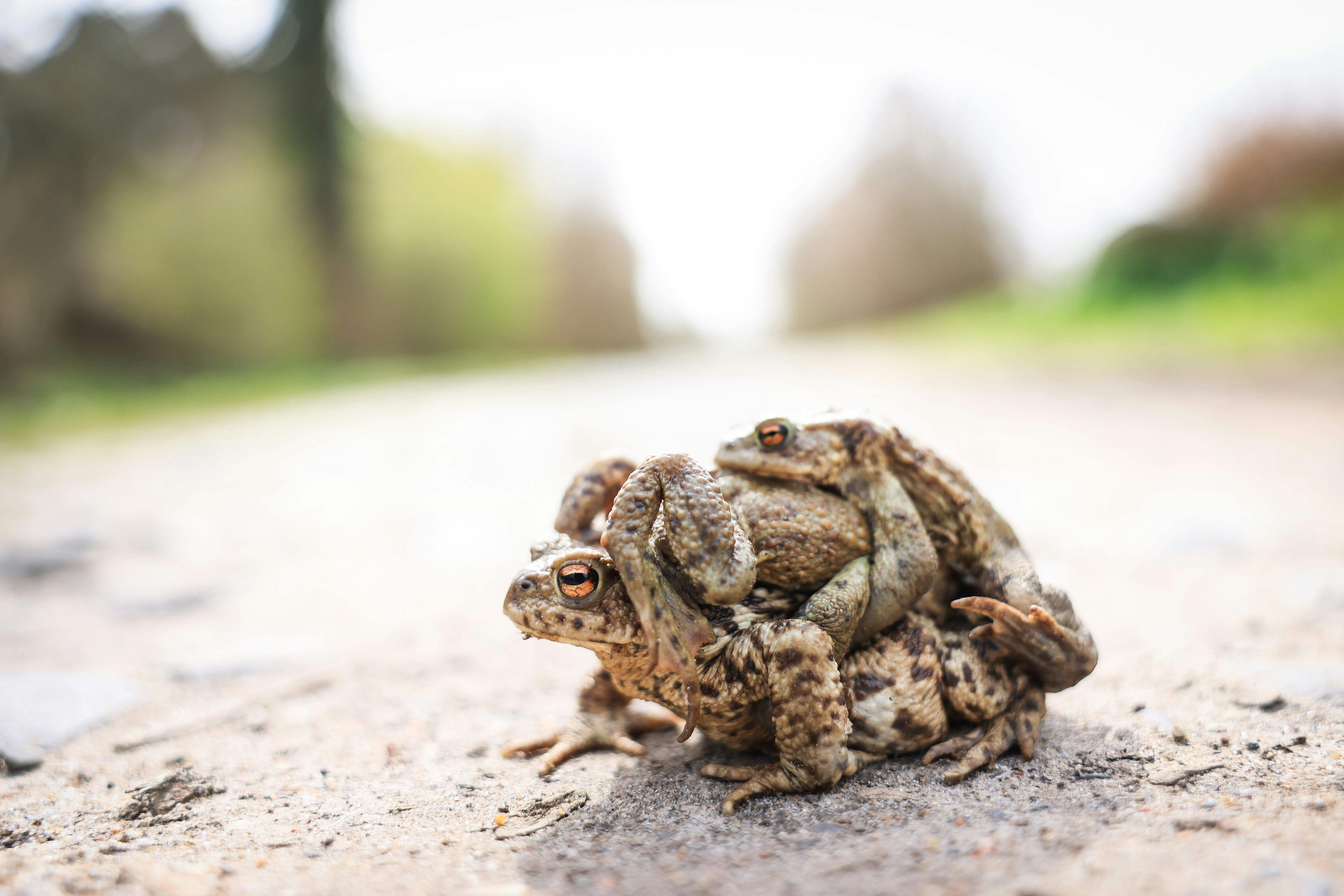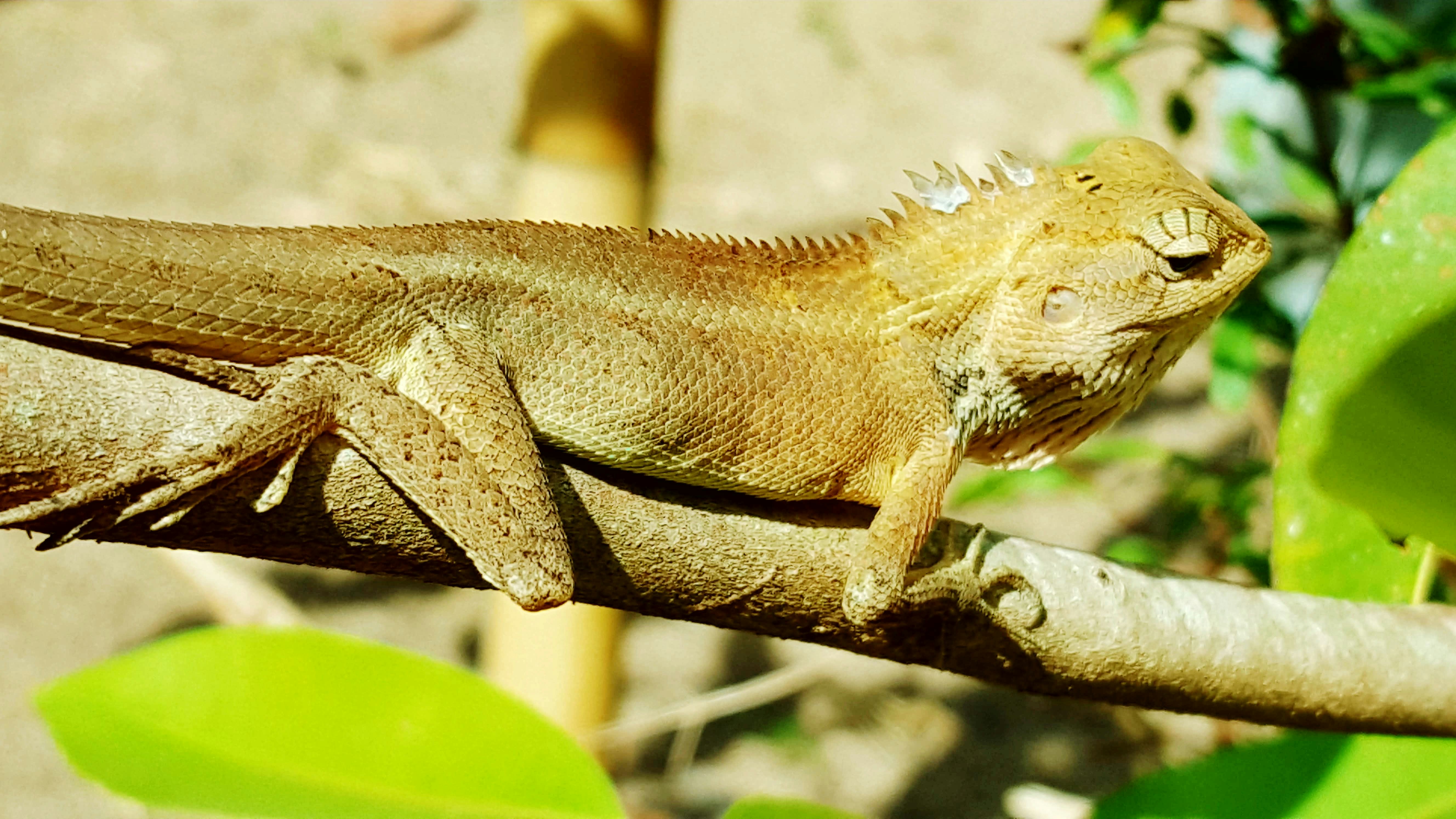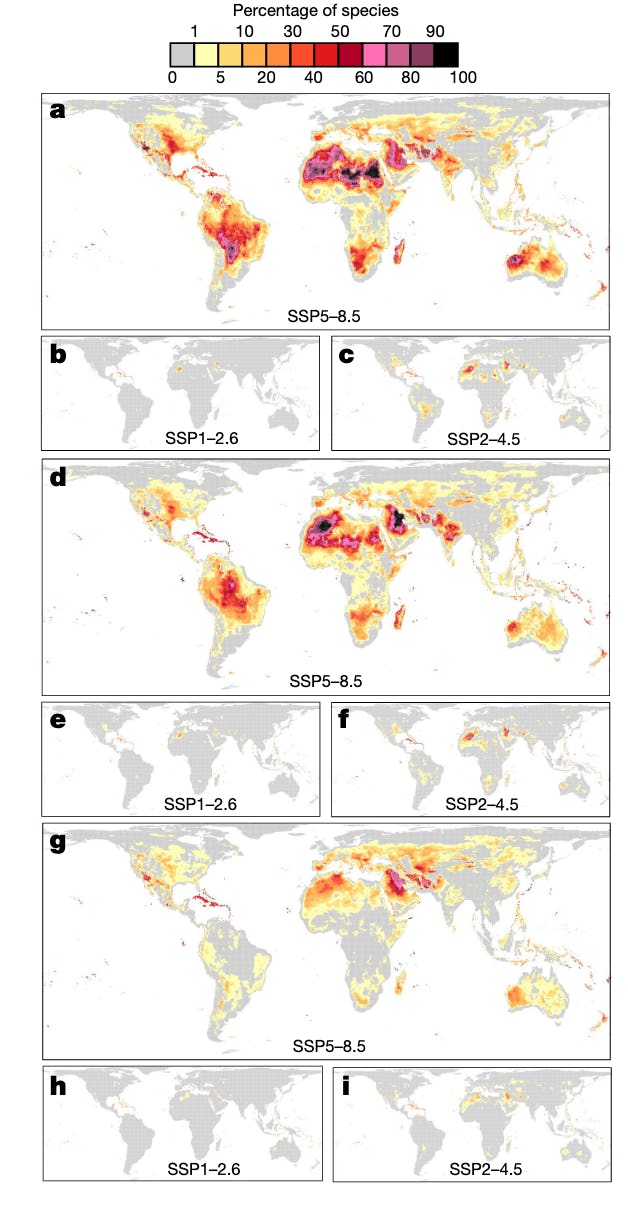
As we descend into the deep chill of winter, it’s easy to forget that 2022 was a year of record-breaking heat.
Across the globe from Portugal to India, extreme heat threatened millions and took thousands of lives. But while scientists have determined how much heat events will threaten humans in the future, less attention has been paid to how animals will fare under these temperature extremes.
Now, scientists are starting to sound the alarm bell — and their message is grim. Researchers found a massive percentage of land animals will face extreme heat if we don’t act to curb climate change. The findings were published Wednesday in the journal Nature.
“It is becoming very clear that extreme events have been increasing in recent times under climate change,” study lead author and University of Arizona researcher Gopal Murali tells Inverse.
What they found — Murali’s team analyzed temperature data from 1950 to 2099 to understand how extreme heat events will affect land vertebrates globally.
The researchers defined extreme heat as a period of time that “significantly exceeds” the historical threshold for heat. They considered exposure to extreme heat under three different global warming pathways
High global warming

Under a high global warming scenario forecasting a 4.4 degrees Celsius increase in global temperature, roughly 41 percent of land vertebrates will endure extreme heat that surpasses the historical record. It won’t just be during the summer months, either. The study finds more than 3,000 land animal species — eleven percent of all species — will experience extreme heat for more than six months out of the year.
The researchers further expand on the percentage of each animal group affected — with reptiles and amphibians coming out on top.
- 55.5 percent of amphibians
- 51 percent of reptiles
- 31 percent of mammals
- 25.8 percent of birds
Murali explains that reptiles and amphibians are adapted to living in a narrower temperature range in a few specific locations on Earth.
“So slight changes in temperature under climate change might be bad for them,” Murali adds.
Intermediate global warming
When faced with a slightly lower temperature rise of 3.6 degrees Celsius, approximately 28.8 percent of land animals will face extreme heat beyond anything they’ve historically experienced.
Under a more modest intermediate warming scenario of 2.7 degrees Celsius, only 15 percent of animals will experience such adverse heat — a significant drop from the high global warming scenario.
The research also shows that animals in more moderate regions of the globe known as the “mid-latitudes” — which are 30 to 60 degrees north and south of the equator — will be most affected by extreme shifts in daily temperature. These include places like deserts, shrublands and grasslands.
Low global warming
The researchers considered a final scenario of 1.8 degrees Celsius, which aligns with the Paris climate agreement’s goal of limiting warming below 2 degrees Celsius.
Under this low-warming scenario, only six percent of land vertebrates will endure extreme heat events.
“Our study provides the much-needed information on which species and locations are most exposed to extremes under future climate,” Murali says.

Why it matters — The science couldn’t be clearer: human-induced global warming is driving extreme temperature shifts around the globe. It’s not just humans that will bear the brunt of these extreme heat events, but animals, too.
“Every summer for the past few years, we have been witnessing record-breaking heatwaves in many parts of the world,” Murali says.
Previous research focused on how an average rise in temperatures will impact animals but didn’t consider the effects of heat waves. Murali explains animals have evolved to thrive only in specific temperature ranges and can only adapt so much to rising temperatures. Events like heatwaves can disrupt the essential biological functions of animals and threaten their survival altogether.
“Extreme heat events strongly impact wildlife,” Murali adds.
What’s next — But there’s also an underlying message of hope in the research. There’s a serious gap between the high-warming scenario and the low-warming scenario; far fewer animals will be affected by extreme heat if we limit global warming below 2 degrees Celsius.
“If we manage to stick with the pledges made — for example, the Paris agreement goal — we can prevent many species from being exposed to extremes,” Murali says.
But our window to achieve that goal is quickly narrowing, so we need to act fast to reduce greenhouse gas emissions — the primary driver of global warming.
“Deep greenhouse gas emissions cuts are urgently needed,” write the researchers.







